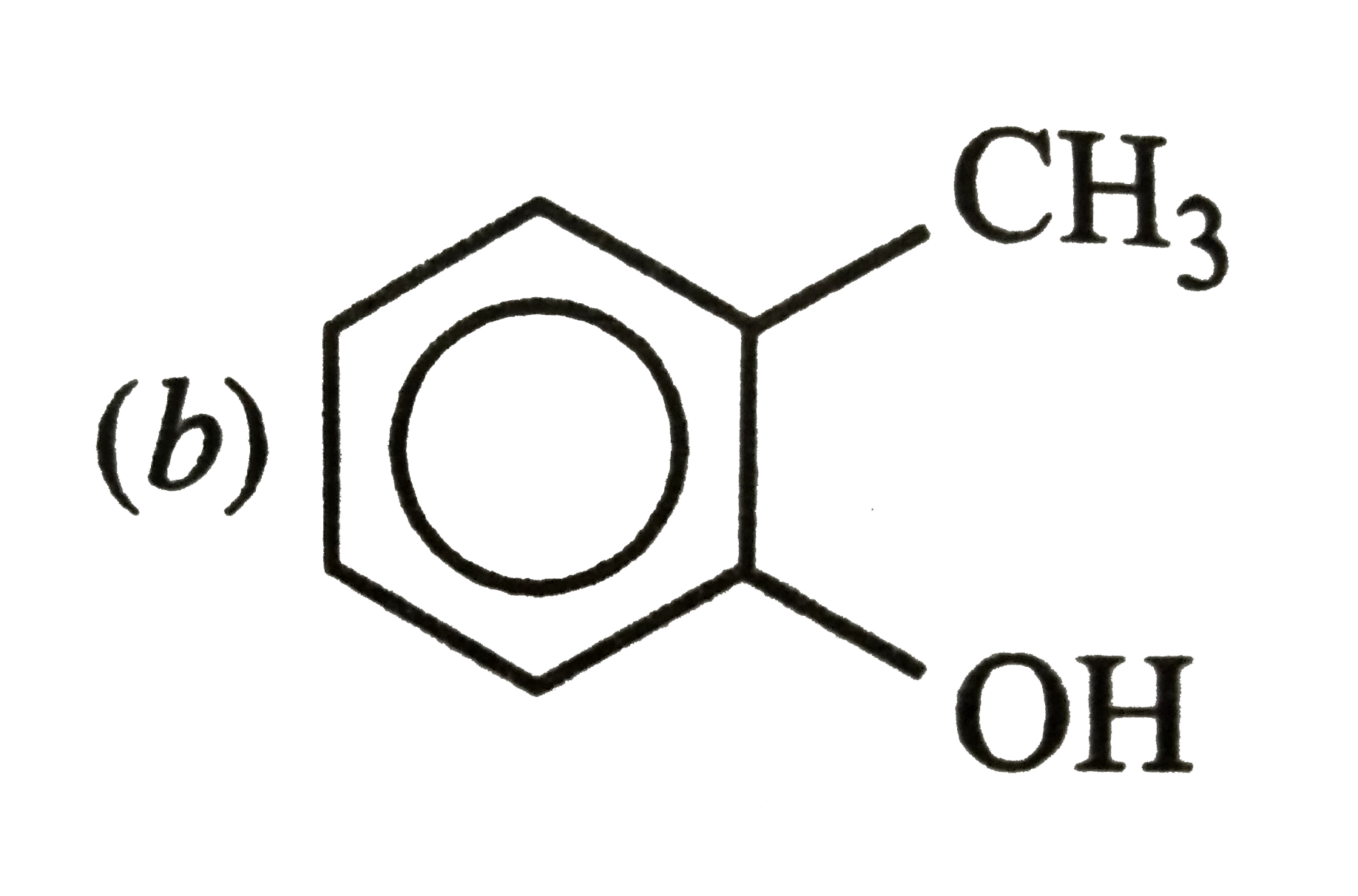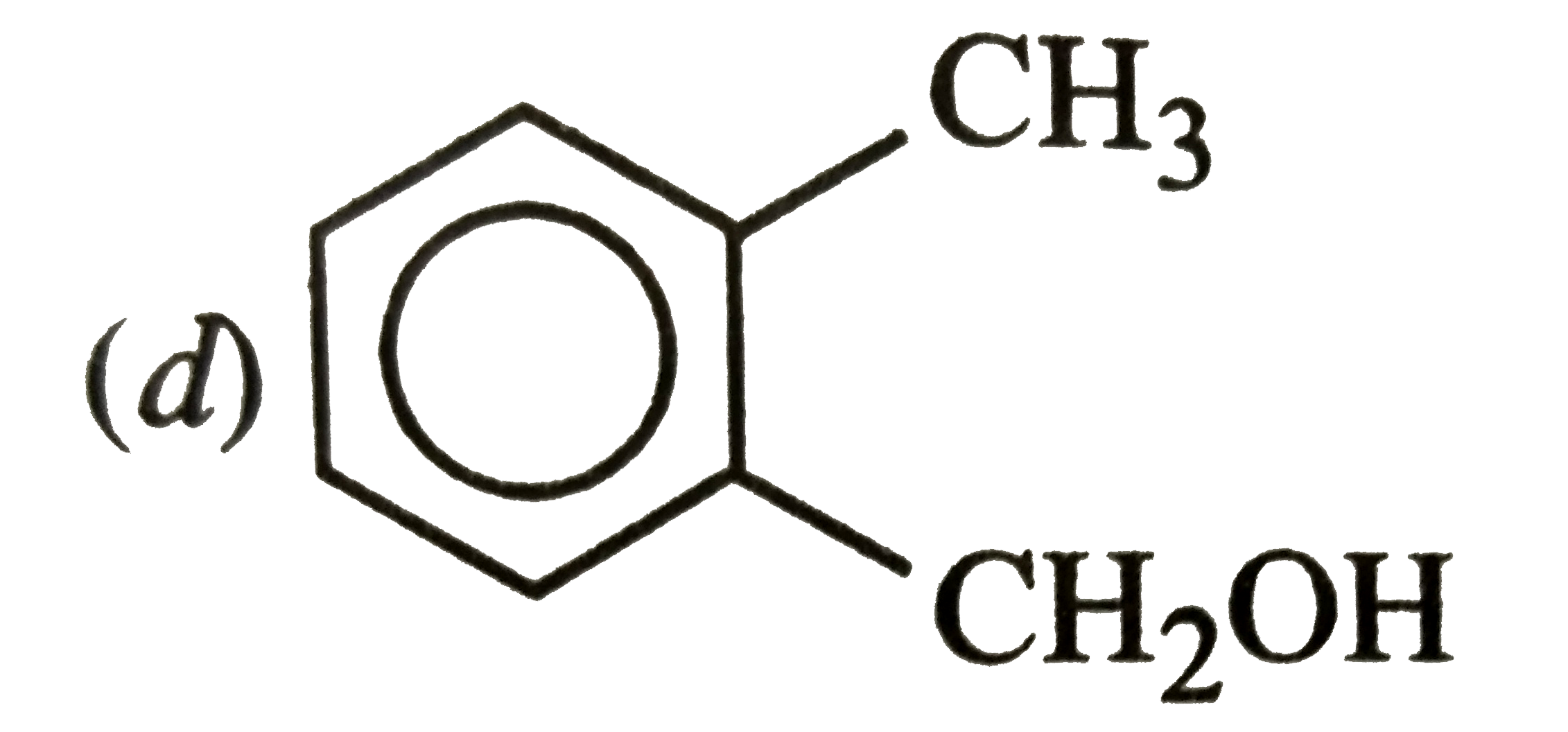Which one of the following is most reactive towards electrophilic reagent ?




The correct Answer is:2
To determine which compound is most reactive towards electrophilic reagents, we need to analyze the substituents on the aromatic ring and their effects on reactivity. Here’s a step-by-step solution:
Step 1: Identify the Compounds
Assume we have four aromatic compounds with different substituents in the ortho position relative to a methyl group. The substituents could be -OH, -OCH3, -NH2, and -SH.
Step 2: Understand Electrophilic Aromatic Substitution
Electrophilic aromatic substitution (EAS) is a reaction where an electrophile replaces a hydrogen atom on an aromatic ring. The reactivity of the aromatic compound towards electrophiles is influenced by the nature of the substituents attached to the ring.
Step 3: Analyze the Effects of Substituents
1. -OH (Hydroxyl Group): This group has a strong +M (mesomeric) effect due to the presence of lone pairs on oxygen, which can donate electron density to the aromatic ring, increasing reactivity.
2. -OCH3 (Methoxy Group): Similar to -OH, this group also exhibits a +M effect but is slightly less strong than -OH.
3. -NH2 (Amino Group): This group also has a +M effect due to the lone pairs on nitrogen, contributing to increased reactivity.
4. -SH (Thiol Group): This group has a weaker +M effect compared to the others.
Step 4: Compare the +M Effects
- The order of +M effect strength is:
1. -OH (strongest)
2. -OCH3
3. -NH2
4. -SH (weakest)
Step 5: Determine the Most Reactive Compound
Since the -OH group has the strongest +M effect, it will increase the electron density on the aromatic ring the most, making it the most reactive towards electrophilic reagents.
Conclusion
The compound with the -OH substituent is the most reactive towards electrophilic reagents.
Final Answer
The answer is the compound with the -OH group.
---
Assume we have four aromatic compounds with different substituents in the ortho position relative to a methyl group. The substituents could be -OH, -OCH3, -NH2, and -SH.
Electrophilic aromatic substitution (EAS) is a reaction where an electrophile replaces a hydrogen atom on an aromatic ring. The reactivity of the aromatic compound towards electrophiles is influenced by the nature of the substituents attached to the ring.
1. -OH (Hydroxyl Group): This group has a strong +M (mesomeric) effect due to the presence of lone pairs on oxygen, which can donate electron density to the aromatic ring, increasing reactivity.
2. -OCH3 (Methoxy Group): Similar to -OH, this group also exhibits a +M effect but is slightly less strong than -OH.
3. -NH2 (Amino Group): This group also has a +M effect due to the lone pairs on nitrogen, contributing to increased reactivity.
4. -SH (Thiol Group): This group has a weaker +M effect compared to the others.
- The order of +M effect strength is:
1. -OH (strongest)
2. -OCH3
3. -NH2
4. -SH (weakest)
Since the -OH group has the strongest +M effect, it will increase the electron density on the aromatic ring the most, making it the most reactive towards electrophilic reagents.
The compound with the -OH substituent is the most reactive towards electrophilic reagents.
The answer is the compound with the -OH group.
Topper's Solved these Questions
Similar Questions
Knowledge Check
Which one of the following is most reactive toward electrophilic reagent?
A B
B C
C D
D
Which one of the following is most reactive towards electrophilic attack?
A B
B C
C D
D
Which one of the following is most reactive towards electrophilic reagent ?
A B
B C
C D
D
Towards electrophilic reagents
View SolutionTowards electrophilic reagents
View SolutionWhich one of the following is most reactive towards electrophilic attack :-
View SolutionWhich one of the following is the most reactive towards electrophilic attack?
View SolutionWhich one of the following is the most reactive towards electrophilic attack?
View Solution
